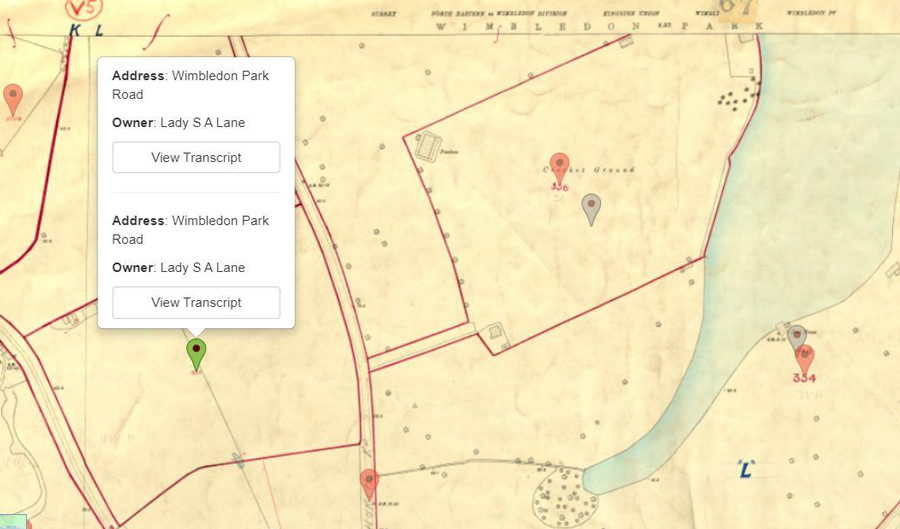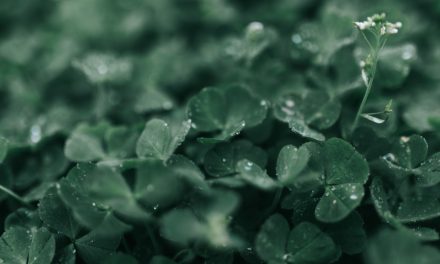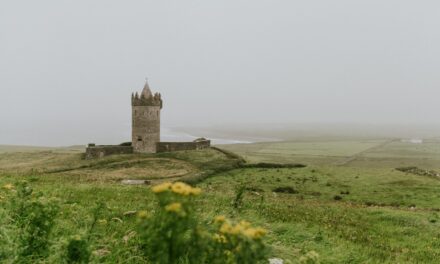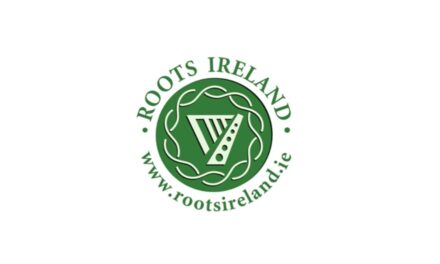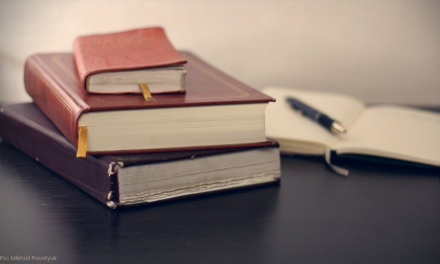English land tax records from the years before the First World War have been released today by TheGenealogist. Researchers are now able to search 31,394 newly added records of owners and occupiers to discover their ancestors from Merton, Mitcham, Morden and the Wimbledon areas.
Each record is linked to clear scanned pages of the actual IR58 (Government reference) Field books, sourced from The National Archives, and the properties plotted onto large scale contemporary IR121 maps. These maps are digital copies of the ones used at the time by the Valuation Office of the Board of the Inland Revenue to locate each and every parcel of land in the survey taken in between 1910 and 1915. TheGenealogist’s versatile Map Explorer™ allows their Diamond subscribers to view georeferenced modern and historical layers beneath the IR121 recordset map and so discover how the roads, fields and general environment has changed over the years.
House historians and family history researchers alike will appreciate the ability to unearth valuable particulars about ancestors’ homes and land from these areas of south west London. They will also be able to see how similar, or even how very different, the area where their ancestors lived was at this time compared to a map of today.
Included in those records is the past and present home of the iconic tennis tournament known as the Wimbledon Championship. Researchers are able to see that the present day Centre Court, home to the only Grand Slam tennis event still to be held on grass was, in 1910, rural fields put to use as “Grazing Land” by its owner Lady Sarah Lane.
At the time of the survey The All England Lawn Tennis and Croquet Club was still squeezed into a much smaller area of land in Wimbledon. That plot, where once the Championship played out, still plays a part in sport today, albeit at a much lower level of competition.
Read TheGenealogist’s article: From Grazing Land to the Grass of Centre Court
Picture: Grazing land that would become the site of the Centre Court at Wimbledon in the following years.
Source: TheGenealogist
